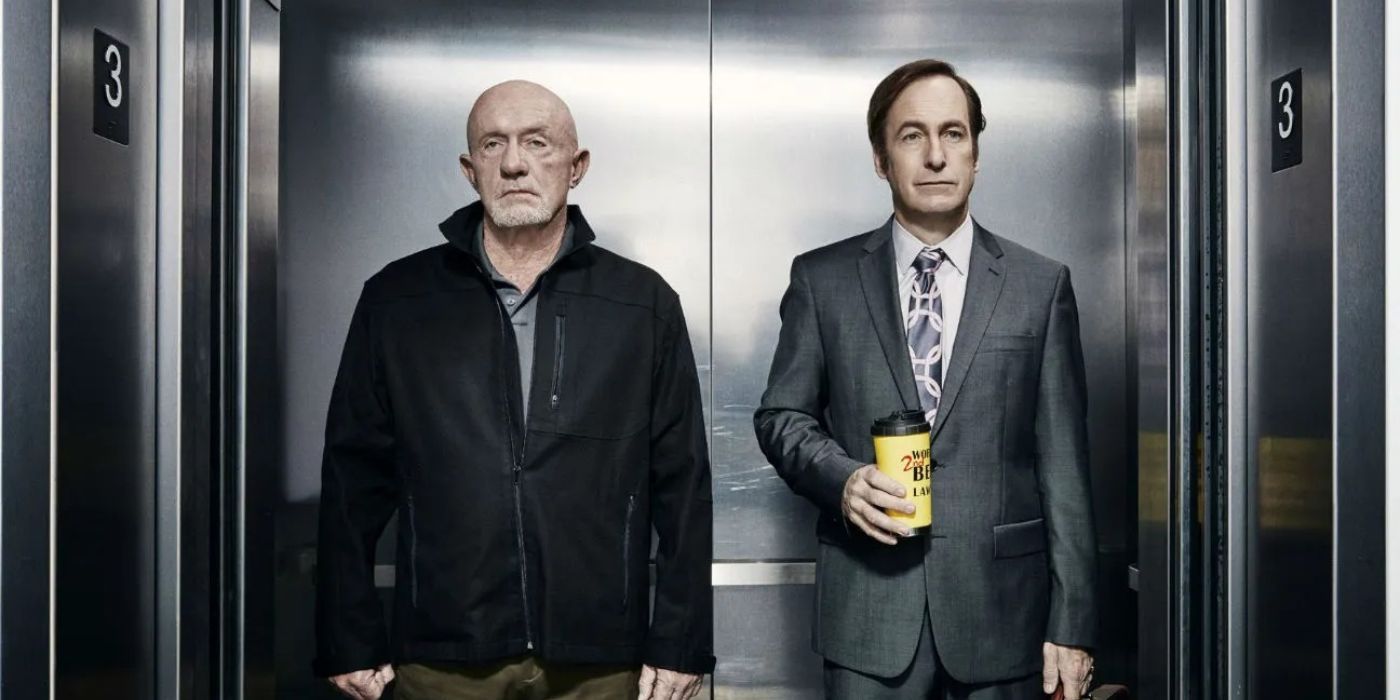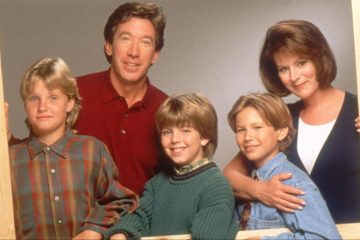It’s an incredibly rare thing when a spin-off is just as good, if not better, than the original series. Luckily, against all odds, however, the Breaking Bad spin-off series, Better Call Saul achieved a similar success. Simultaneously serving as a prequel and sequel to the beloved AMC series, it explored the rise and fall of “criminal” lawyer, Saul Goodman (real name, Jimmy McGill), fleshing out and showing the hidden complexities of a character that had once been thought of as just pure comic relief.The show captured the same sense of drama and tension as Breaking Bad to an appropriate degree, but there were also several moments of legitimate humor, especially in its earlier seasons, that managed to balance it all out. What many fans may not realize, however, is that Better Call Saul was almost a completely different series in both tone and form. With the numerous amount of creative changes that occur along the way, the road to making a TV show isn’t always a straight line; but the end result of Better Call Saul’s mix of drama and comedy was certainly much different from the original plan for it to lean far more into the latter category.After the series finale of Breaking Bad originally aired in the Fall of 2013, the announcement of a prequel series centered around fan favorite character, Saul Goodman, was met with an ecstatic response from fans. As once mentioned in an interview with Howard Stern, Bob Odenkirk was originally reluctant to reprise his role, but thankfully, his kids managed to convince him otherwise. Nearly a year and a half later, in the Spring of 2015, Better Call Saul premiered, scoring a record for the highest-rated scripted series premiere episode in the history of cable television. The show not only explored the origins of Jimmy McGill’s Saul Goodman persona, but it also gave audiences a look at his life after the events of Breaking Bad, living under the name Gene Tackovic as a manager of a Cinnabon in Omaha, Nebraska.Why Is the First Episode Called A Pilot And The Best Pilot Episodes Of All Time
It’s an incredibly rare thing when a spin-off is just as good, if not better, than the original series. Luckily, against all odds, however, the Breaking Bad spin-off series, Better Call Saul achieved a similar success. Simultaneously serving as a prequel and sequel to the beloved AMC series, it explored the rise and fall of “criminal” lawyer, Saul Goodman (real name, Jimmy McGill), fleshing out and showing the hidden complexities of a character that had once been thought of as just pure comic relief.
The show captured the same sense of drama and tension as Breaking Bad to an appropriate degree, but there were also several moments of legitimate humor, especially in its earlier seasons, that managed to balance it all out. What many fans may not realize, however, is that Better Call Saul was almost a completely different series in both tone and form. With the numerous amount of creative changes that occur along the way, the road to making a TV show isn’t always a straight line; but the end result of Better Call Saul‘s mix of drama and comedy was certainly much different from the original plan for it to lean far more into the latter category.
After the series finale of Breaking Bad originally aired in the Fall of 2013, the announcement of a prequel series centered around fan favorite character, Saul Goodman, was met with an ecstatic response from fans. As once mentioned in an interview with Howard Stern, Bob Odenkirk was originally reluctant to reprise his role, but thankfully, his kids managed to convince him otherwise. Nearly a year and a half later, in the Spring of 2015, Better Call Saul premiered, scoring a record for the highest-rated scripted series premiere episode in the history of cable television. The show not only explored the origins of Jimmy McGill’s Saul Goodman persona, but it also gave audiences a look at his life after the events of Breaking Bad, living under the name Gene Tackovic as a manager of a Cinnabon in Omaha, Nebraska.
#Call #Saul #Series
Note:- (Not all news on the site expresses the point of view of the site, but we transmit this news automatically and translate it through programmatic technology on the site and not from a human editor. The content is auto-generated from a syndicated feed.))



